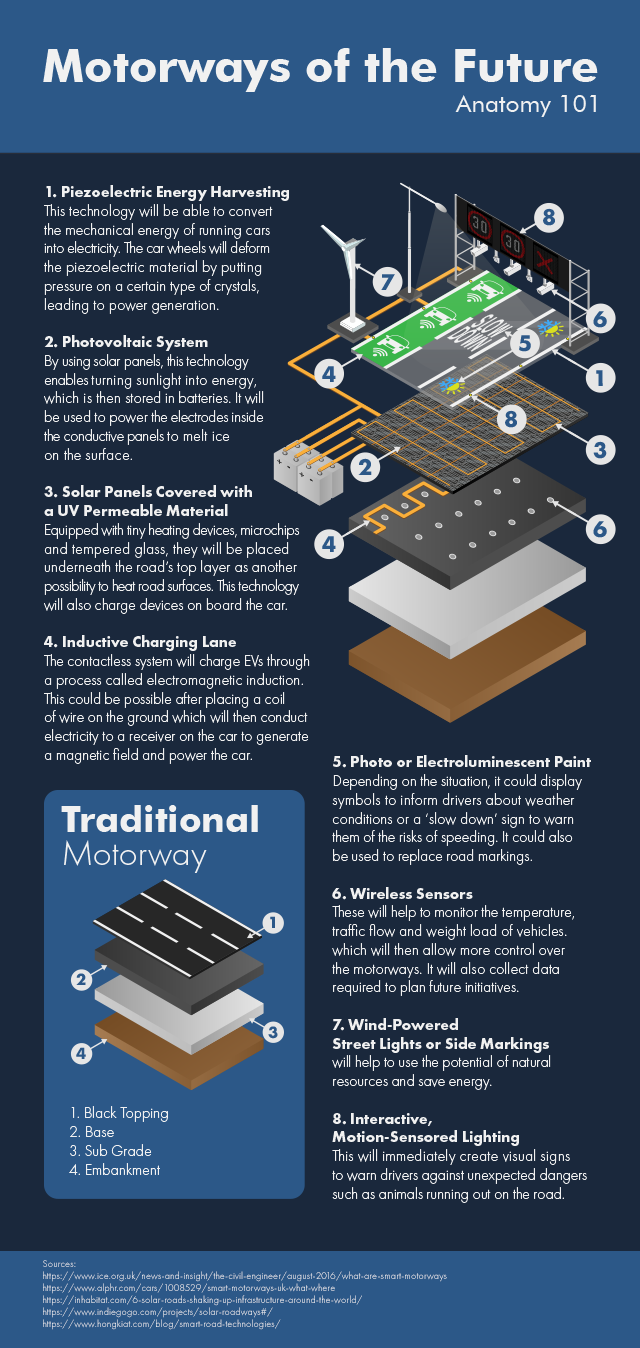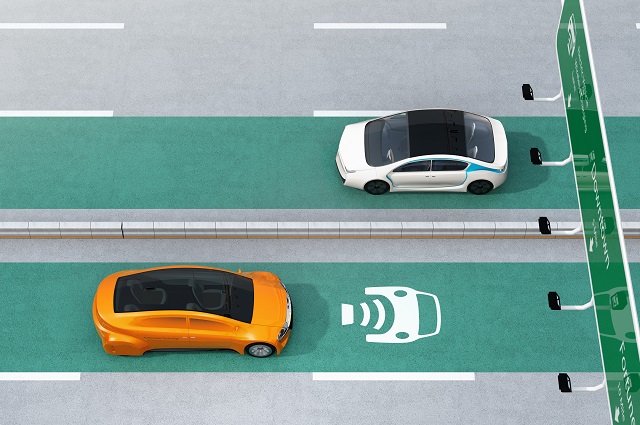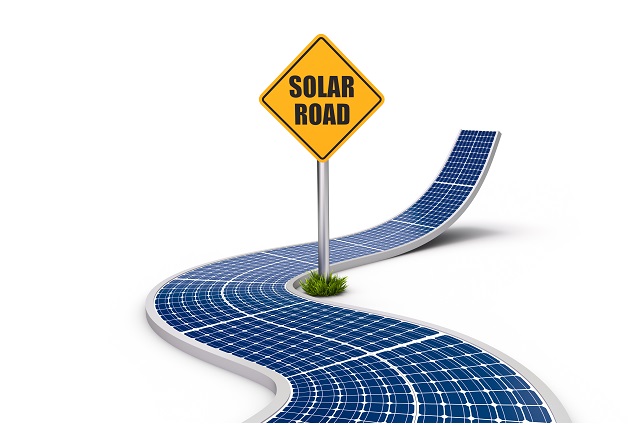Green Under the Wheel: The Future of Sustainable Roadways
In 2017, an estimated 73 million cars were in operation on interstates around the world. With that many resources almost constantly active, it’s only natural that creative minds would start looking for ways to convert those resources into sustainable energy. Nowadays, international roadways are transforming infrastructure and the way people drive. Governments and private companies are taking sustainable priorities into account and looking for ways to turn the act of driving into an energy-generating process. There are, at present, several different sustainable infrastructures available that, while still needing improvement, are paving the way for a greener future.
Solar Roads
Otherwise known as photovoltaic systems, solar roads are the sustainable roadway options that are most commonly discussed in conversations about greener driving. These panels are integrated into highways and protected from the pressure of moving cars. Then, as the solar panels gather sunlight, the energy within is used to power street lights on the side of the road.
Because solar panels are one of the most popular forms of green energy collection, they’ve seen widespread integration across several countries. The French government, with the assistance of the Colas’ Wattway company, installed a one kilometre solar road near Normandy in late 2016. This road is one of the most successful of those that have been integrated, as it now powers 800 nearby homes. Solar Roadways intends to do similar work in the United States. The energy gathered could also be used to power running electric cars through an induction charging system.
UV Permeable Highways
Even with their international success, solar roads are still works in progress. As such, different organizations have proposed alterations to the existing solar structure. One of these alternatives includes including UV permeable materials in the solar panels that are integrated into sustainable roadways. UV materials are able to capture a wider range of photons than the materials used in traditional solar panels. As such, roadways that use UV permeable materials alongside their solar panels produce more electricity.
The same company that installed the one kilometre roadway in France is currently paving the way for research into these solar panel alternatives. However, China has already seen the installation of one of these UV permeable roads. Quli Transportation Development Group worked with the Chinese government to create a stretch, one kilometre in length, of solar roadway near Jinan, China. At this point in time, it’s been reported that the road produces enough power to light 300 homes.
Rumble Roads
Shifting gears, let’s explore the opportunities that arise when drivers use “rumble roads.” The name “rumble roads” is the nickname for roadways that use piezoelectric energy harvesting methods. These roads make use of crystals that are placed within the material the road is made of. When passed over by tires, these crystals deform. This is considered “rumbling.” When this rumbling takes place, the energy from that transformation is transferred into batteries which, in turn, power street lights on the side of the road.
There is currently a rumble road in use in California. Even so, piezoelectric energy harvesting has yet to take off as a sustainable use of roadway energy. The California government made the first step towards wider integration in 2014, and the road’s success has encouraged international research by academics and sustainability-oriented government officials.
When anxiety about renewable resources is at an all-time high, it’s helpful to consider unconventional ways of generating energy. With so many cars on the road today, it is only practical to take advantage of an equally unconventional resource. Sustainable roadways present unusual and unique opportunities for the companies and nations which would pursue them. With additional research, funding, and integration, their success seems only set to grow.

Motorways of the Future – infographic on sustainable infrastructure
Author Bio: Giles Kirkland is an environmentally conscious car expert and clean technology
advocate. Passionate about healthy lifestyle and smart solutions, he shares his
knowledge with other drivers and sustainable living enthusiasts. You can find his
articles on Twitter, Facebook and at Oponeo. Most often Giles writes about electric
vehicles, safe driving and alternative energy, as well as traveling and current issues
from the automotive world.
Photo Credit:
Background image: Motorway in the city at night. Image source: https://pixels.com/featured/hong-kong-highway-at-night-fototrav-print.html
Gallery image: Electric cars powered by a wireless charging system. Image source: https://depositphotos.com/153722256/stock-photo-electric-cars-driving-on-the.html
Gallery image: Solar road, solar panels forming a road. Image source: https://depositphotos.com/142553959/stock-photo-highway-made-from-the-solar.html
Featured image: https://pixels.com/featured/hong-kong-highway-at-night-fototrav-print.html




